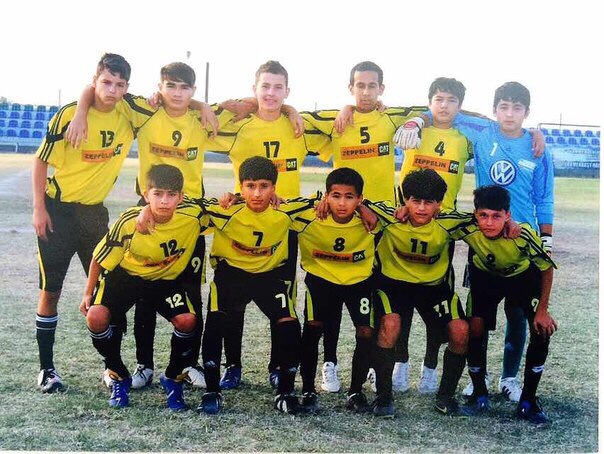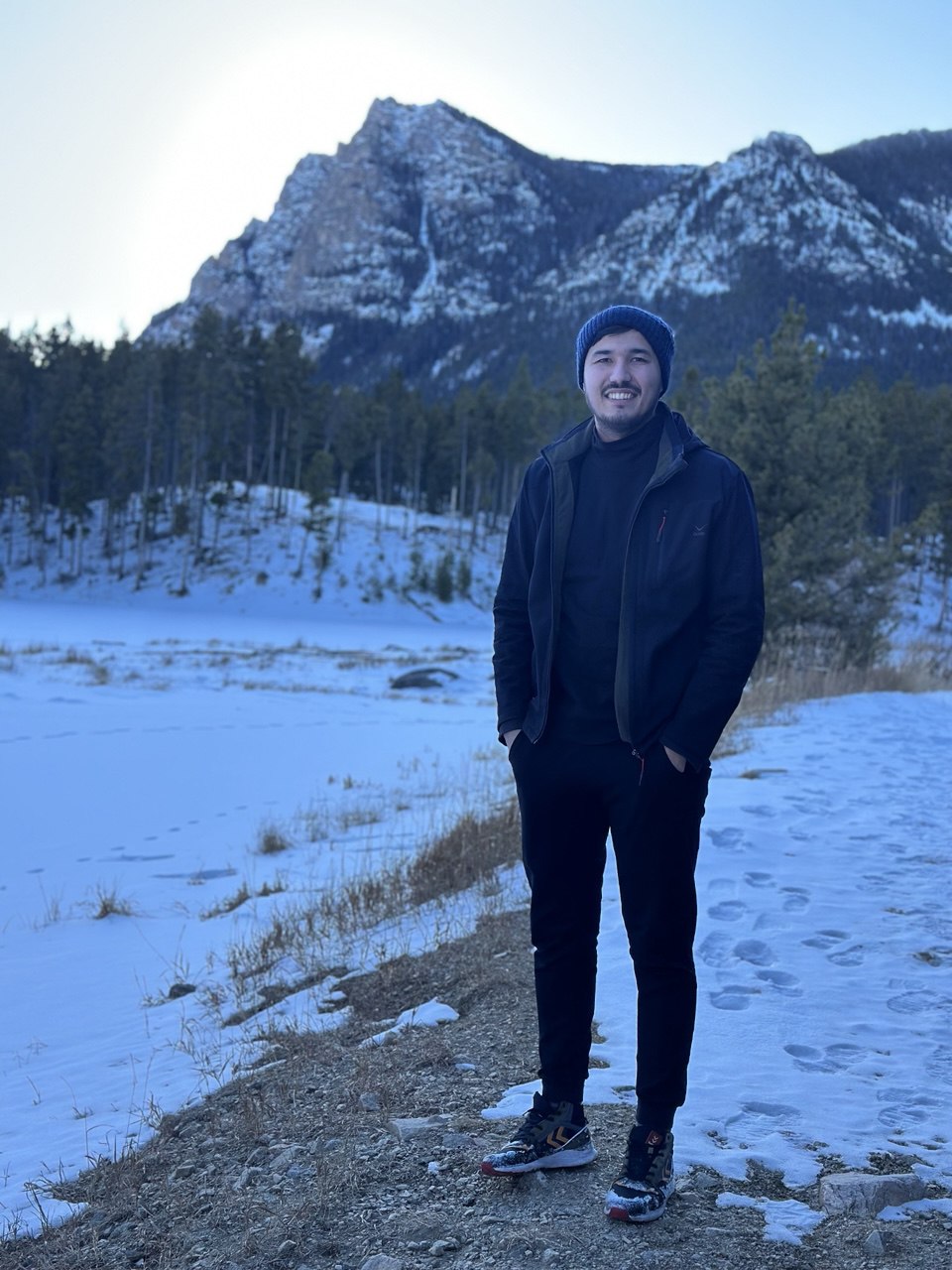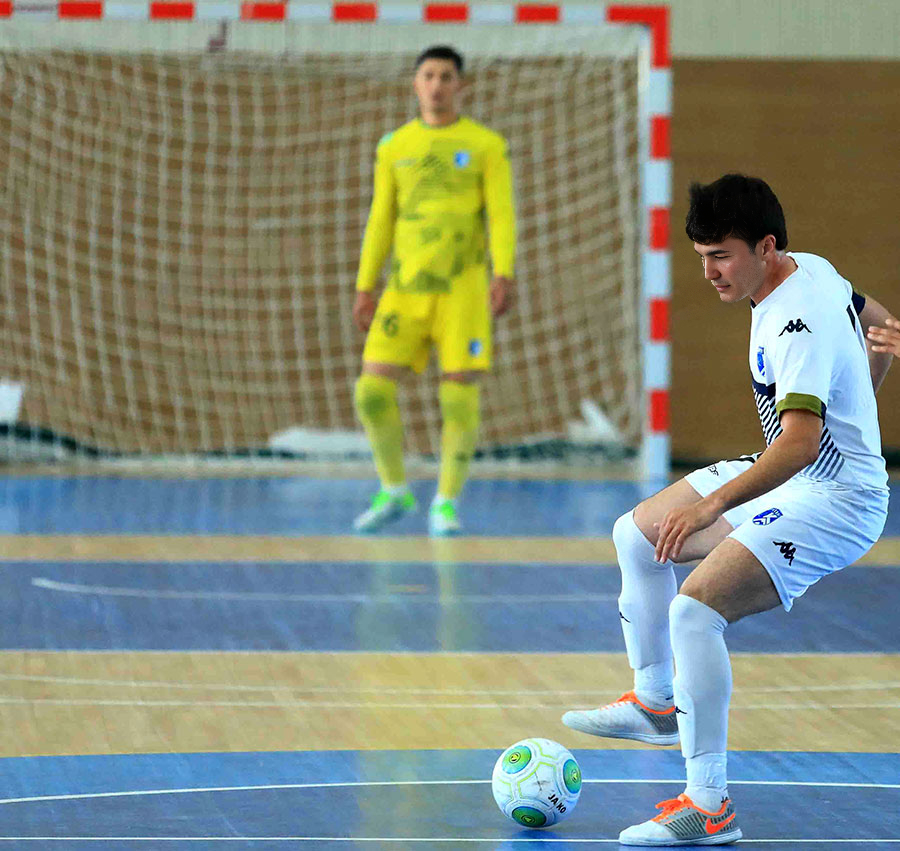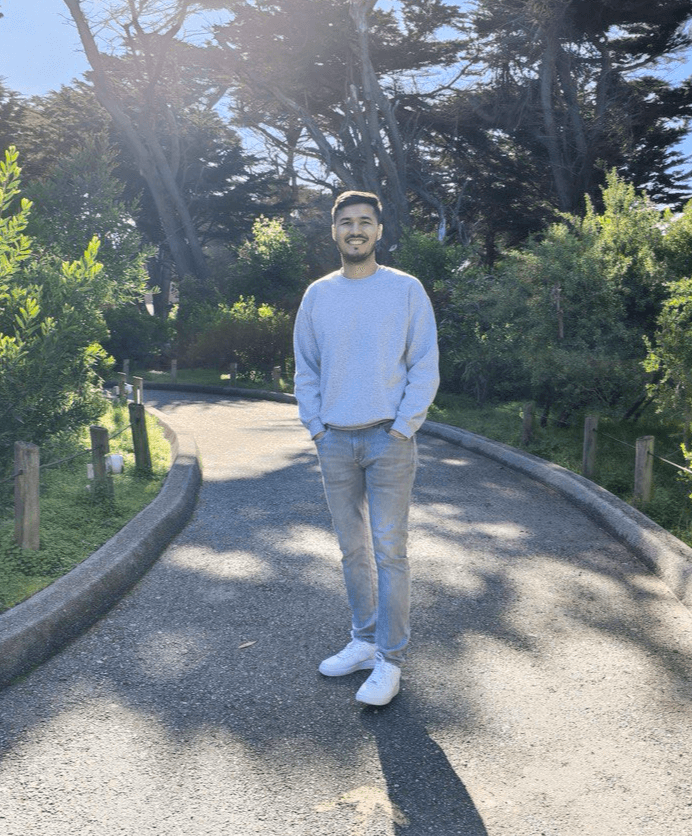We caught up with the brilliant and insightful Ahmet Amanov a few weeks ago and have shared our conversation below.
Hi Ahmet, thanks for joining us today. So, let’s start with trends – what are some of the largest or more impactful trends you are seeing in the industry?
One of the biggest trends I’m seeing in sports today is the increasing use of video analysis and data to improve player performance—even at the amateur and youth levels. This trend is changing how athletes train and coaches teach, making the process more focused and effective.
For example, I’ve been a soccer coach for youth players, and I also played soccer before switching to futsal in 2017, where I became a futsal champion. When I started sharing game footage with my soccer team, it completely changed how the players learned. They began to see their positioning, teamwork, and decision-making in a new light, which helped us focus training sessions on exactly what needed improvement.
The opportunity here is huge—technology like video tools can help players develop faster and coaches deliver better guidance. However, a concern is that not everyone has access to these resources, and there’s a risk that players focus too much on stats and lose the passion and creativity of the game.
Overall, I believe this trend will continue to grow and positively impact sports by combining technology with traditional coaching, helping athletes reach their full potential while keeping the joy of the game alive.

Great, appreciate you sharing that with us. Before we ask you to share more of your insights, can you take a moment to introduce yourself and how you got to where you are today to our readers.
My name is Ahmet Amanov, and my journey is one that blends two of my lifelong passions: sports and technology. I started my career on the soccer field—literally. I played soccer from 2008 until 2017, and in 2017, I transitioned into futsal, where I became a futsal champion. At the same time, I worked as a soccer coach for kids from 2013 to 2021, and that experience helped me understand not just how to play the game, but how to teach it, motivate young athletes, and bring a team together.
My love for technology developed alongside my sports journey. I pursued software engineering because I wanted to create tools that solve real problems and help people. That goal still drives me. Today, I focus on combining these two worlds—sports and tech—by building useful, user-friendly digital products. I’m especially interested in creating applications or platforms that can support athletes, coaches, and teams, though I also work on broader tech solutions as a software engineer.
What sets me apart is this unique blend of experience: I’ve lived the realities of competitive sports, and I understand how tech can support and elevate that world. I’m not just building software from a developer’s perspective—I’m doing it from the point of view of a coach, a player, and a teammate.
On the tech side, I’ve developed various web projects, and I’m actively building my portfolio with practical, purposeful work. I aim to create tools that are simple but powerful—things that solve real-life problems without overwhelming the user. For example, I’ve created my own personal website where I showcase my journey, projects, and skillset. It’s more than a resume; it’s a reflection of my identity as someone who bridges two industries.
I’m most proud of how I’ve grown through every stage—from being a young athlete in Turkmenistan representing the country at international tournaments, to coaching kids, to becoming a skilled developer who wants to make a difference. I want people to know that my brand is all about dedication, balance, and meaningful progress. Whether you’re an athlete, a tech enthusiast, or someone trying to turn your passion into impact, I want my work to inspire you.
In the future, I hope to build software tools tailored specifically for soccer and futsal players and coaches, because I know firsthand how much untapped potential there is in that space.

Have you ever had to pivot?
One of the most significant pivots in my life happened when I transitioned from a full-time sports career into the world of technology.
For nearly a decade, soccer was at the center of my life. I played competitively from 2008 to 2017 and proudly represented Turkmenistan at the Volkswagen Junior World Masters 2010. After that, I became a soccer coach and spent years mentoring kids, helping them grow not just as players, but as individuals. I truly thought I would stay in the sports world forever.
But in 2021, I reached a turning point. While I loved the game, I began to feel a growing interest in solving deeper, more complex problems—especially through technology. I realized that as much as I loved coaching and the energy of the field, I was also passionate about creating things, learning new skills, and using tech to make a broader impact.
So, I made a bold pivot. I moved to the U.S. to further my education and dove into software engineering. It was a steep learning curve—shifting from the physical world of sports into the abstract logic of code wasn’t easy. But I found that the discipline, resilience, and teamwork I developed as an athlete translated incredibly well into tech.
Today, I’m proud to be building a career in software engineering while still keeping my sports roots close. My dream is to combine both—by creating digital tools that serve athletes, coaches, and teams. That pivot changed everything for me. It wasn’t about leaving something behind—it was about evolving and finding a way to integrate all parts of who I am.
That experience taught me the value of adaptability. Sometimes pivoting isn’t giving up—it’s realigning yourself with a bigger purpose.

Can you share a story from your journey that illustrates your resilience?
One story that truly reflects my resilience happened during a major life transition—when I decided to leave behind a stable life in Turkmenistan and move to the United States to pursue a new path in technology.
At the time, I was already an accomplished soccer player and coach. I had represented Turkmenistan in international tournaments like the Volkswagen Junior World Masters and spent nearly a decade mentoring young players. Coaching was rewarding, but deep down I knew I wanted more—I wanted to challenge myself in new ways, especially through technology.
When I arrived in the U.S., I had no connections, no local network, and had to start everything from scratch. I enrolled in college, worked odd jobs to support myself, and pushed myself to learn programming and software development—often staying up late just to grasp the fundamentals. It wasn’t just the academic pressure, it was the cultural shift, financial stress, and moments of self-doubt that tested me.
At one point, juggling school, part-time work, and building a new life felt overwhelming. But what kept me going was the mindset I had developed as an athlete: stay focused, stay disciplined, and never give up. I treated every coding challenge like a tactical game on the field—breaking it down, learning from mistakes, and constantly pushing forward.
Eventually, I began building software projects, started a personal portfolio website, and even presented machine learning work for my senior design project. That moment—realizing I had gone from the soccer field in Turkmenistan to coding full-stack applications in the U.S.—was powerful. It reminded me that resilience isn’t just about surviving hard times; it’s about showing up every day with a mindset that you’re not done yet.
Contact Info:
- Website: https://last-personal-website-main.vercel.app/
- Linkedin: https://www.linkedin.com/in/ahmet-amanov-685796275/



